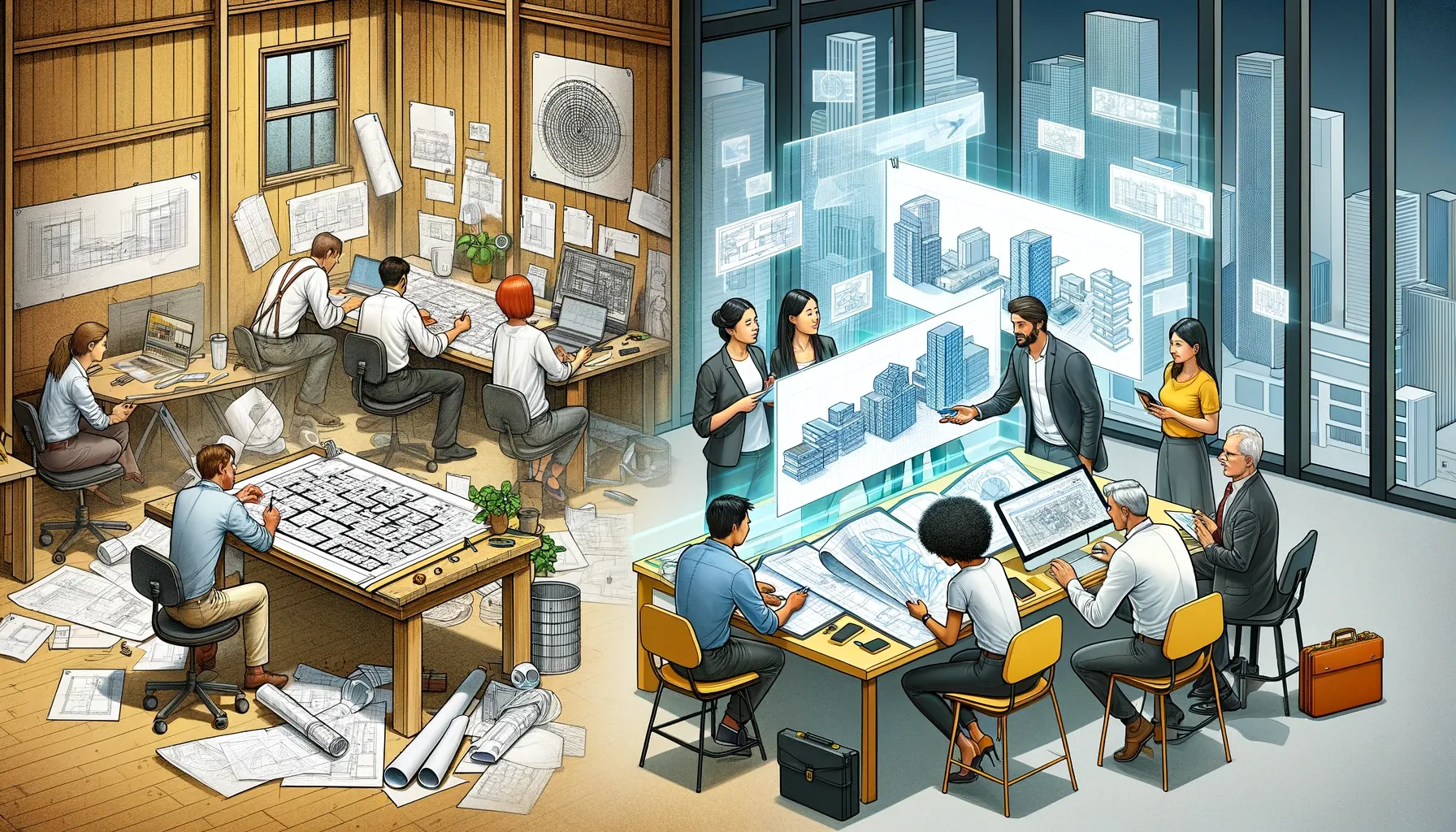By: Bahram H Yousefi. Dr. Techn,

The Transition from Traditional Drafting to Building Information Modeling with Ease and Confidence
Building Information Modeling (BIM) stands as a beacon of progress, a digital revolution reshaping how we conceptualize, design, and construct our built environment. Yet, for many architects, this wave of change brings a mix of skepticism and reluctance. Why do seasoned architects, known for their creativity and innovation, hesitate to embrace BIM? More importantly, how can they overcome these barriers and harness the power of BIM for a more efficient, collaborative, and sustainable future in architecture? Let’s dive in.
1. The Daunting Learning Curve
The Challenge: Transitioning from traditional CAD to BIM feels like learning a new language. It’s complex, time-consuming, and often overwhelming.
The Solution: Start small. Focus on learning one BIM function at a time. Remember, every master was once a beginner. Embrace continuous learning as a part of your professional growth.
2. Fear of Losing Creative Freedom
The Challenge: BIM, being data-centric, is often perceived as rigid, leaving little room for creative exploration.
The Solution: Shift your perspective. See BIM as a tool that handles the mundane, giving you more space to focus on creative and conceptual work. It’s about augmenting, not replacing, your creative process.
3. Alteration in Design Workflow
The Challenge: BIM introduces a collaborative and integrated approach from the get-go, changing the solitary nature of traditional design processes.
The Solution: Collaboration breeds innovation. Engage with this new workflow as an opportunity to co-create with other professionals, enriching your design through diverse perspectives.
BIM is not just a new tool; it’s a new way of thinking about architecture. It’s about building more than just structures; it’s about building a more collaborative, efficient, and sustainable future. As architects, our willingness to adapt and grow is paramount. Let’s not view BIM as an adversary to our creativity and tradition but as an ally in our journey to shape the world around us.
View ProjectIntroducing the Architectural Engagement Score [AES]: A New Metric for Measuring Design Impact
4. The Initial Cost and Setup
The Challenge: Shifting to BIM can be an expensive and resource-intensive process, particularly for smaller firms.
The Solution: View this as a long-term investment. The efficiency and precision BIM brings will pay off in the long run through reduced errors and streamlined processes.
5. Software Limitations and Frustrations
The Challenge: Every tool has its limits, and BIM is no exception. Sometimes, it struggles with unique design elements.
The Solution: Combine tools. Use BIM for its strengths in coordination and management, and complement it with other software for specific design needs.
6. Increased Responsibility and Liability
The Challenge: The detailed nature of BIM can increase the perceived risk of errors and omissions.
The Solution: Embrace this as an opportunity for greater accuracy and quality control. Let BIM’s precision enhance your confidence in your designs.
7. Tradition and Comfort in Familiarity
The Challenge: There’s comfort in the familiar. Many architects cherish traditional methods and view BIM as a disruptive force.
The Solution: Honor the past, but embrace the future. Recognize that integrating BIM doesn’t mean abandoning traditional values but rather evolving them to meet contemporary needs.



